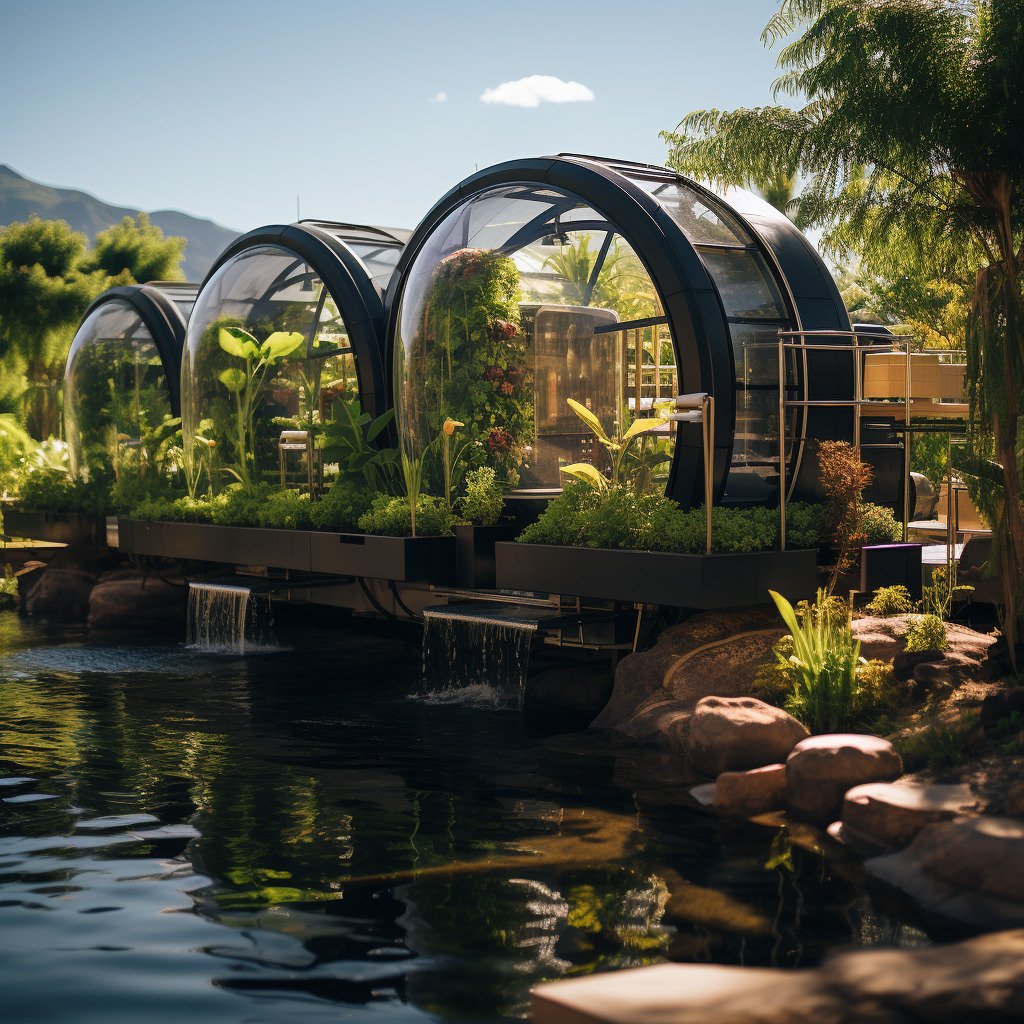Aquaponics Adventures: Growing Fresh Produce with Fish-Powered Farms
Aquaponics Adventures: Growing Fresh Produce with Fish-Powered Farms
Introduction
Welcome to the world of aquaponics, where the art of growing plants and raising fish come together in harmony. This innovative and sustainable farming method allows you to cultivate fresh produce while cultivating fish simultaneously. In this article, we will explore the fascinating world of aquaponics and how you can embark on your own aquaponic adventures.
The Science behind Aquaponics
Aquaponics is a system that combines aquaculture (fish farming) and hydroponics (soil-less plant cultivation) in a symbiotic relationship. The fish waste provides essential nutrients to the plants, acting as a natural fertilizer. As the plants absorb these nutrients, they purify the water for the fish, creating a closed-loop ecosystem where both thrive.
Benefits of Aquaponics
1. Sustainable and Environmentally Friendly: Aquaponics uses 90% less water compared to traditional soil-based farming and eliminates the need for synthetic fertilizers, pesticides, and herbicides. The closed-loop system minimizes waste and creates a self-sustaining ecosystem.
2. Fresh and Nutrient-Rich Produce: With aquaponics, you can grow a wide variety of fresh, organic produce right in your backyard, providing you with a continuous supply of nutrient-rich vegetables and herbs.
3. Efficient Use of Space: Aquaponic systems can be set up vertically, allowing you to maximize your growing area. This makes it ideal for urban environments or areas with limited space.
4. Educational and Engaging: Aquaponics provides a hands-on learning experience for individuals of all ages. It offers a unique opportunity to understand the intricate balance of nature and the importance of sustainable food production.
Getting Started with Aquaponics
1. Choose the Right System: There are various types of aquaponic systems available, including media-based, nutrient film technique (NFT), and deep water culture (DWC). Research and select the system that suits your needs, space, and budget.
2. Select the Fish: The choice of fish depends on your location and local regulations. Tilapia, trout, and catfish are commonly used in aquaponics due to their hardiness and compatibility with the system. Research the fish species and their specific requirements before making a decision.
3. Set Up the System: Install the necessary components such as fish tanks, grow beds, pumps, and a biofilter. Ensure proper water circulation, filtration, and aeration to maintain a healthy environment for both the fish and plants.
4. Cycle the System: Before introducing fish, you need to establish the nitrogen cycle in the system. This involves adding ammonia to kick-start the beneficial bacteria growth, which will convert ammonia to nitrite and eventually to nitrate, a vital nutrient for the plants.
5. Add Fish and Plants: Once the system has cycled and the water parameters are stable, you can introduce the fish and start planting your desired vegetables or herbs. Monitor the system regularly, ensuring optimal conditions for growth.
Troubleshooting and Maintenance
1. Water Quality: Regularly test the water for pH levels, ammonia, nitrite, and nitrate concentrations. Maintain appropriate levels to ensure the health of both the fish and plants.
2. Fish Health: Monitor the fish for any signs of disease or stress. Provide a balanced diet and ensure proper filtration and oxygenation to keep them thriving.
3. Plant Care: Prune and harvest your plants regularly to promote growth and prevent overcrowding. Check for any signs of pests or diseases and take appropriate measures if necessary.
4. System Maintenance: Clean and maintain the system components regularly to avoid clogs, leaks, or malfunctions. Replace any damaged parts promptly to ensure the smooth operation of your aquaponic system.
Conclusion
Aquaponics offers a unique and sustainable way to grow fresh produce while enjoying the benefits of fishkeeping. By harnessing the power of nature, this innovative farming method allows you to create a self-sustaining ecosystem that produces both nutritious food and a sense of fulfillment. Embark on your aquaponics adventure today and experience the joy of harvesting your own organic vegetables right at home!






